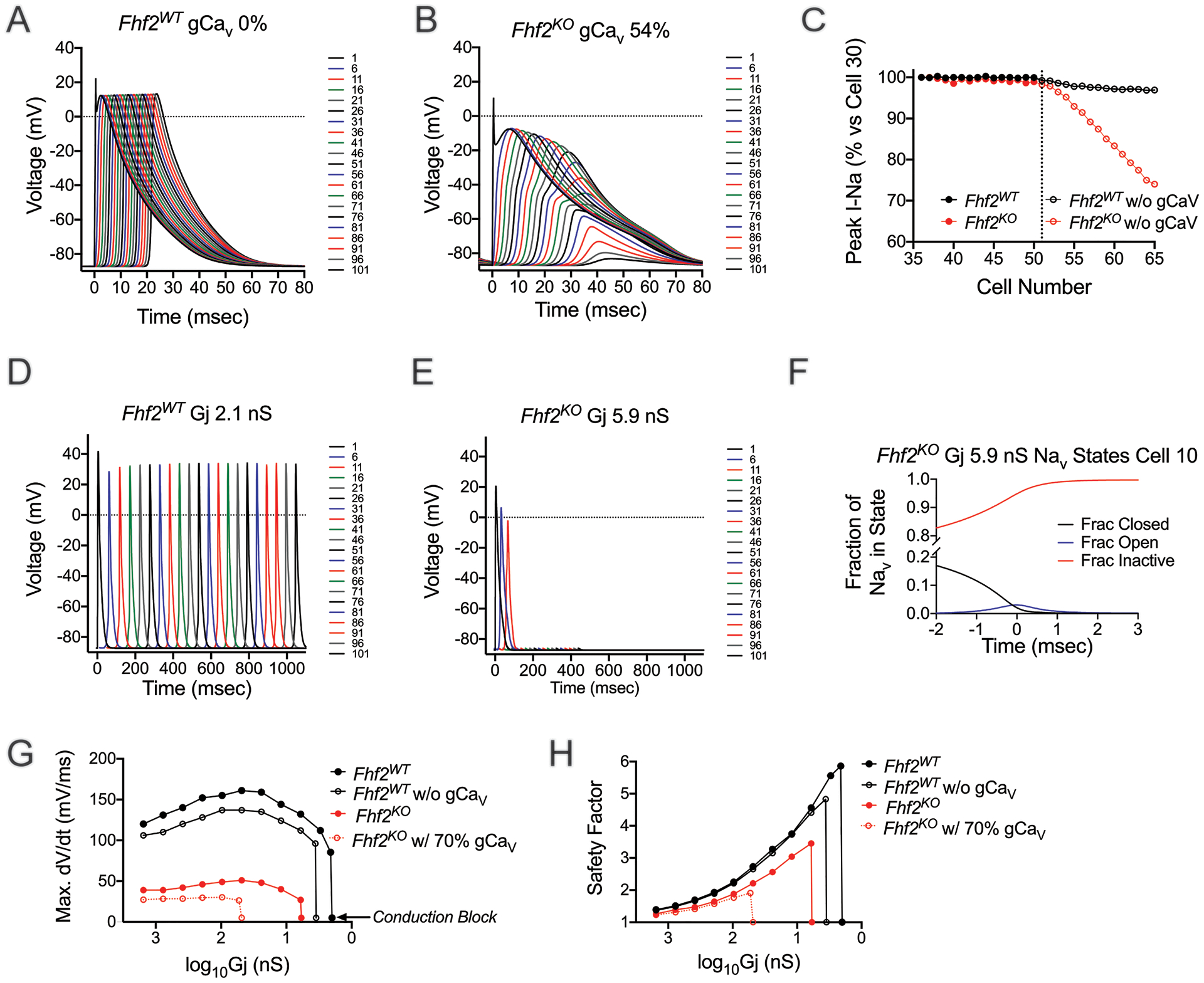Figure 6. Fhf2KO computational strand has increased dependence on calcium currents and gap junctional conductance.

(A) Fhf2WT strand model shows no dependence on calcium currents for the propagation of the AP. (B) Reduction of calcium currents to 54% leads to progressive decay of the AP and block in Fhf2KO strand. Simulated data are consistent with in vivo administration of verapamil. (C) In the Fhf2KO strand, when calcium current is set to zero at and beyond cell 51, not until cell 52 is a decrease in peak sodium current noted, with a steady decline thereafter until impulse propagation failure. In contrast, the Fhf2WT strand is virtually unaffected by reductions in calcium currents. (D) In the Fhf2WT strand, reduction in gap junctional conduction to 2.1 nS dramatically slows conduction, but does not lead to block. Block occurs at Gj of 2.0 nS (data not shown). (E) Reduction of Gj to 5.9 nS in the Fhf2KO strand leads to block. (F) In the Fhf2KO strand with reduced junctional conductance as in panel E, poor charging from upstream cells results in greater NaV channel inactivation and diminished INa. (G,H) Fhf2KO strand demonstrates increased reliance of ICa,L and Gj for safe conduction. (G) A biphasic relationship exists between maximum upstroke velocity ([dV/dt]max) and junctional currents in both Fhf2KO and Fhf2WT strands, with Fhf2KO strand showing markedly reduced maximum upstroke velocity and increased dependence on Gj at baseline conditions. Elimination of calcium currents in Fhf2WT model only slightly reduces [dV/dt]max at all Gj values and has virtually no impact on the threshold value of Gj causing block. By contrast, reduction of calcium conductance in the Fhf2KO model causes a far greater left shift in the threshold value of Gj inducing block. (H) Safety factor rises as junctional conductance decreases until nearing uncoupling values that cause conduction block. Reduction in calcium currents has only minimal effect on SF in both Fhf2WT and Fhf2KO strands at Gj values sufficient for safe conduction, while more dramatically impacting the Gj for conduction block in the Fhf2KO strand.
